Sina Jafarzadeh
Kissing Cuisines: Exploring Worldwide Culinary Habits on the Web
Apr 25, 2017
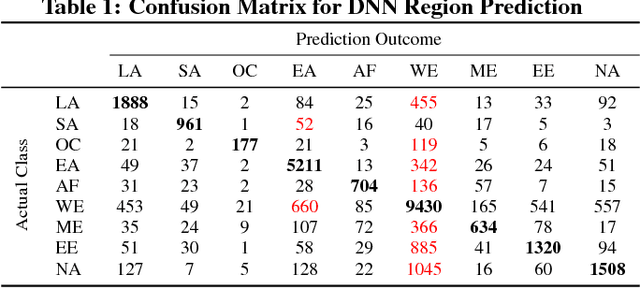
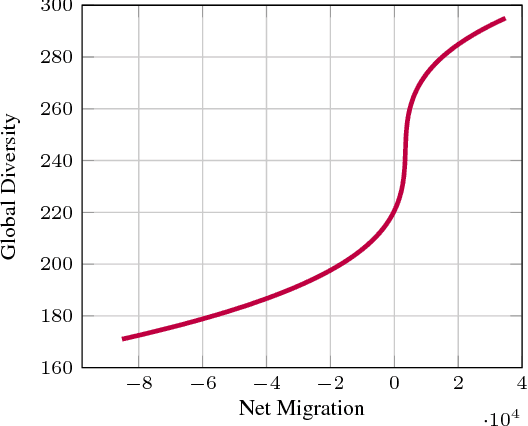
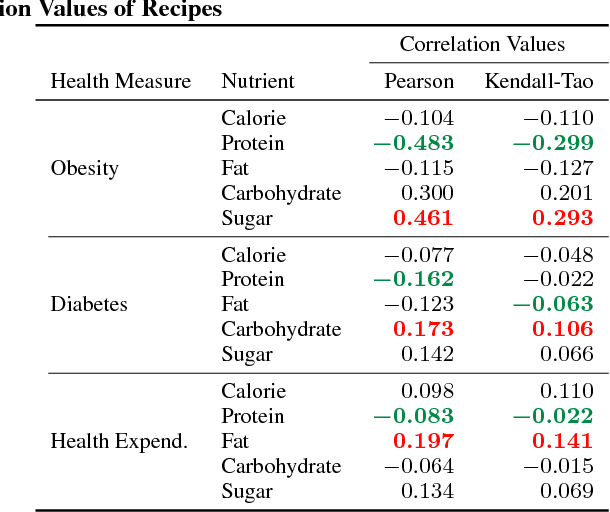
Abstract:Food and nutrition occupy an increasingly prevalent space on the web, and dishes and recipes shared online provide an invaluable mirror into culinary cultures and attitudes around the world. More specifically, ingredients, flavors, and nutrition information become strong signals of the taste preferences of individuals and civilizations. However, there is little understanding of these palate varieties. In this paper, we present a large-scale study of recipes published on the web and their content, aiming to understand cuisines and culinary habits around the world. Using a database of more than 157K recipes from over 200 different cuisines, we analyze ingredients, flavors, and nutritional values which distinguish dishes from different regions, and use this knowledge to assess the predictability of recipes from different cuisines. We then use country health statistics to understand the relation between these factors and health indicators of different nations, such as obesity, diabetes, migration, and health expenditure. Our results confirm the strong effects of geographical and cultural similarities on recipes, health indicators, and culinary preferences across the globe.
Spatio-Temporal Modeling of Users' Check-ins in Location-Based Social Networks
Apr 10, 2017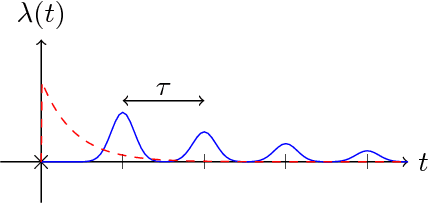

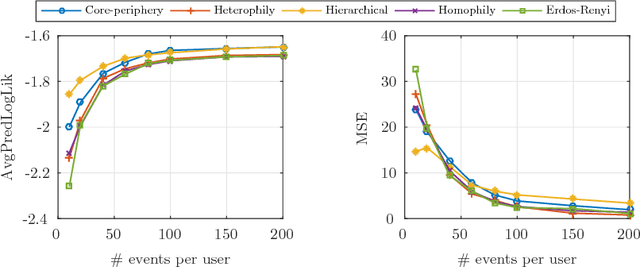

Abstract:Social networks are getting closer to our real physical world. People share the exact location and time of their check-ins and are influenced by their friends. Modeling the spatio-temporal behavior of users in social networks is of great importance for predicting the future behavior of users, controlling the users' movements, and finding the latent influence network. It is observed that users have periodic patterns in their movements. Also, they are influenced by the locations that their close friends recently visited. Leveraging these two observations, we propose a probabilistic model based on a doubly stochastic point process with a periodic decaying kernel for the time of check-ins and a time-varying multinomial distribution for the location of check-ins of users in the location-based social networks. We learn the model parameters using an efficient EM algorithm, which distributes over the users. Experiments on synthetic and real data gathered from Foursquare show that the proposed inference algorithm learns the parameters efficiently and our model outperforms the other alternatives in the prediction of time and location of check-ins.
 Add to Chrome
Add to Chrome Add to Firefox
Add to Firefox Add to Edge
Add to Edge